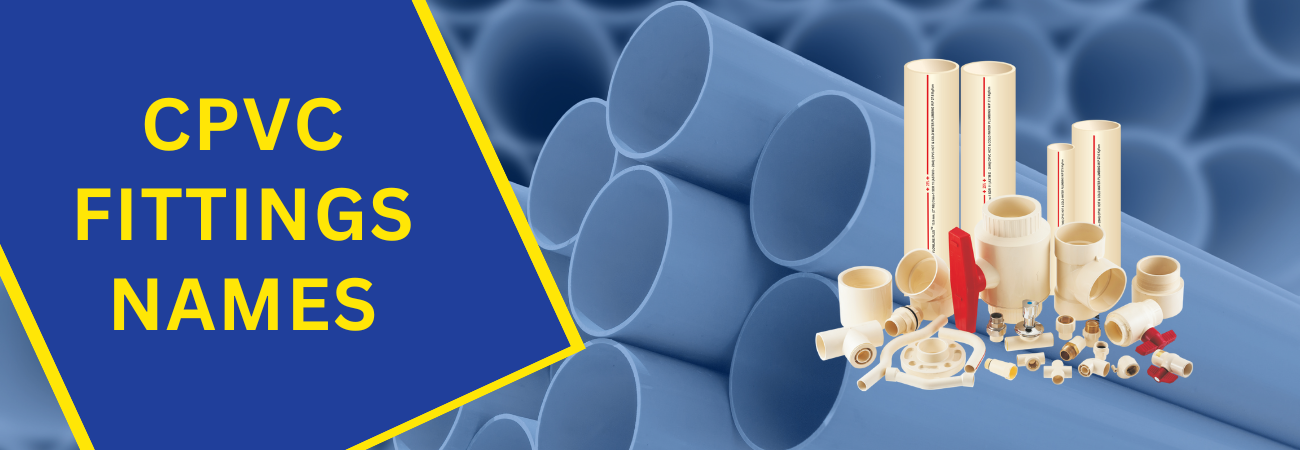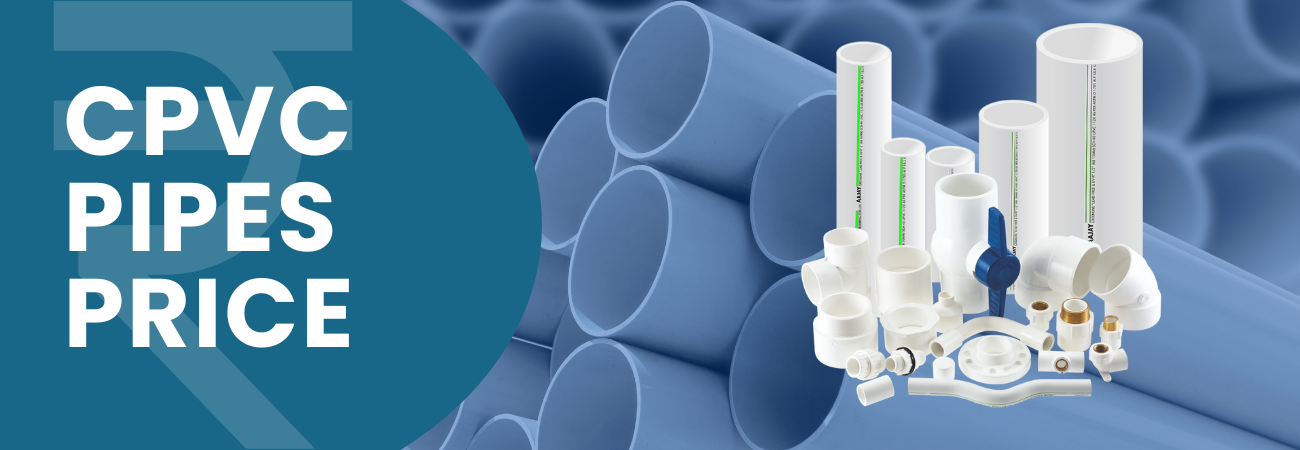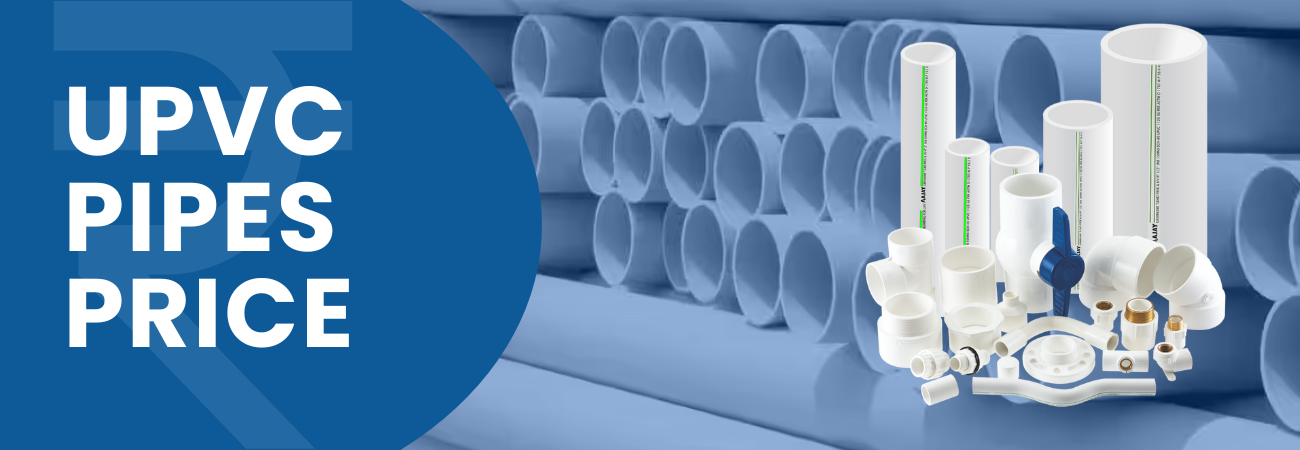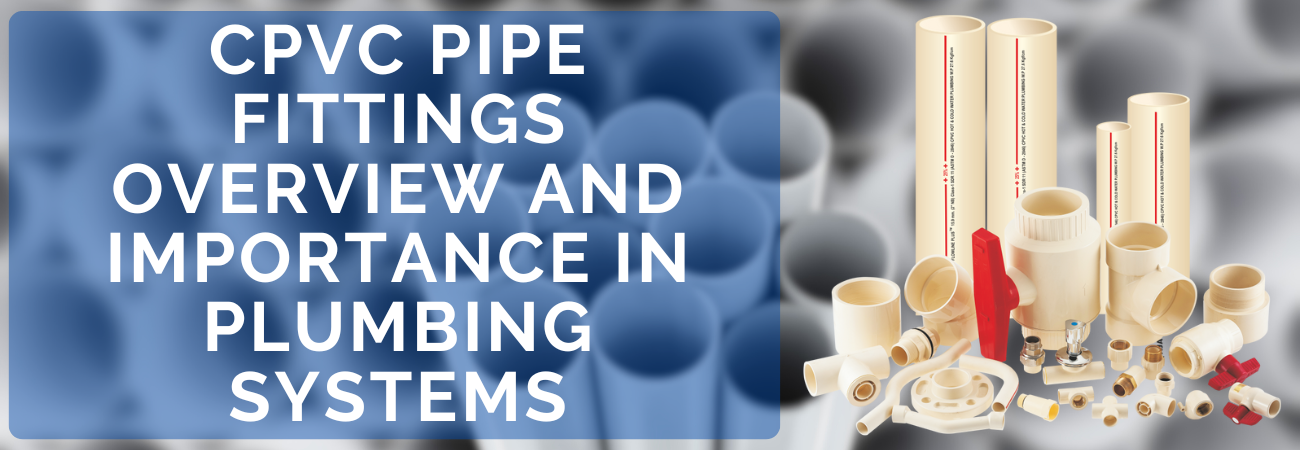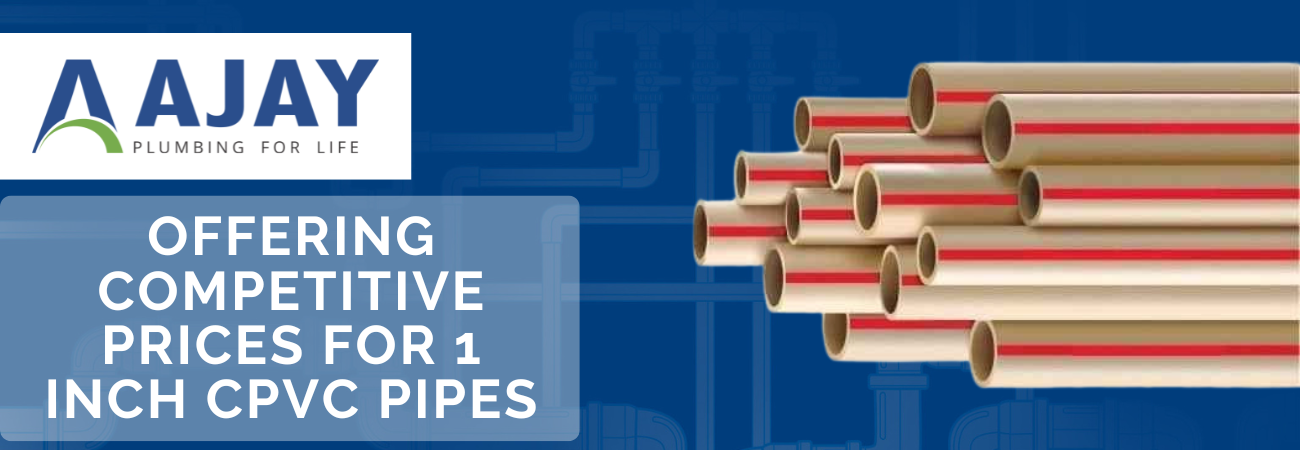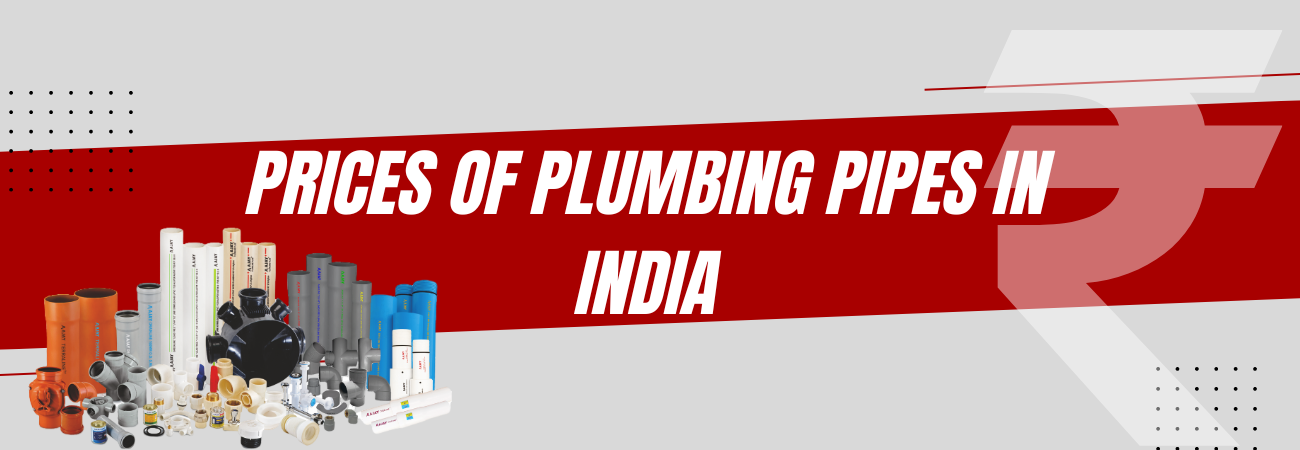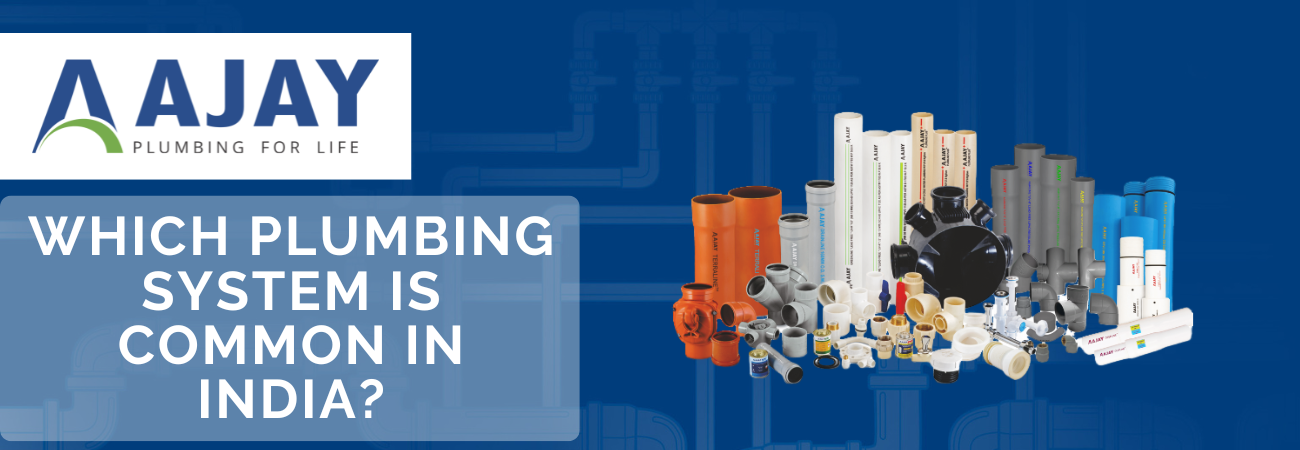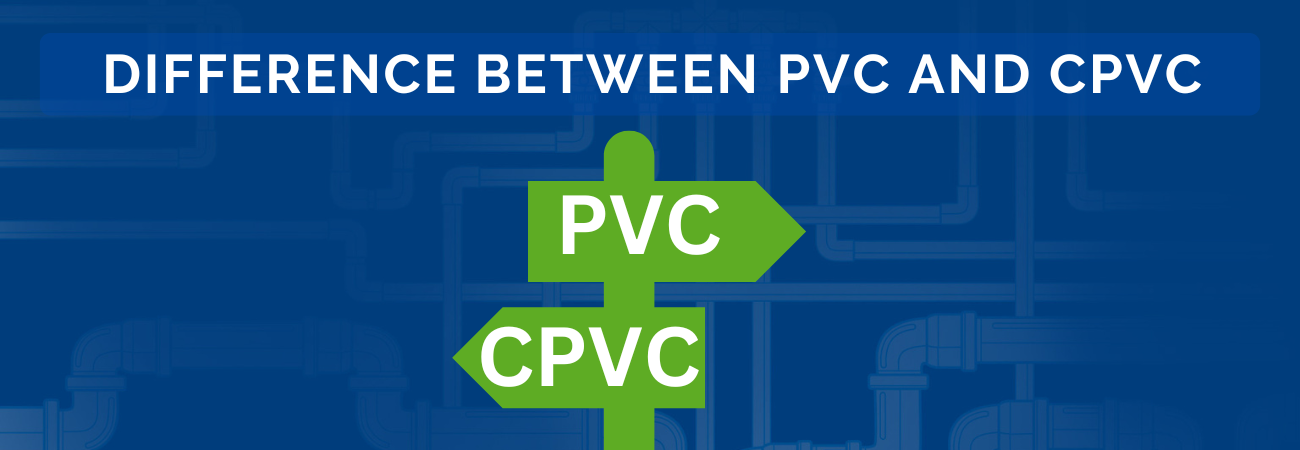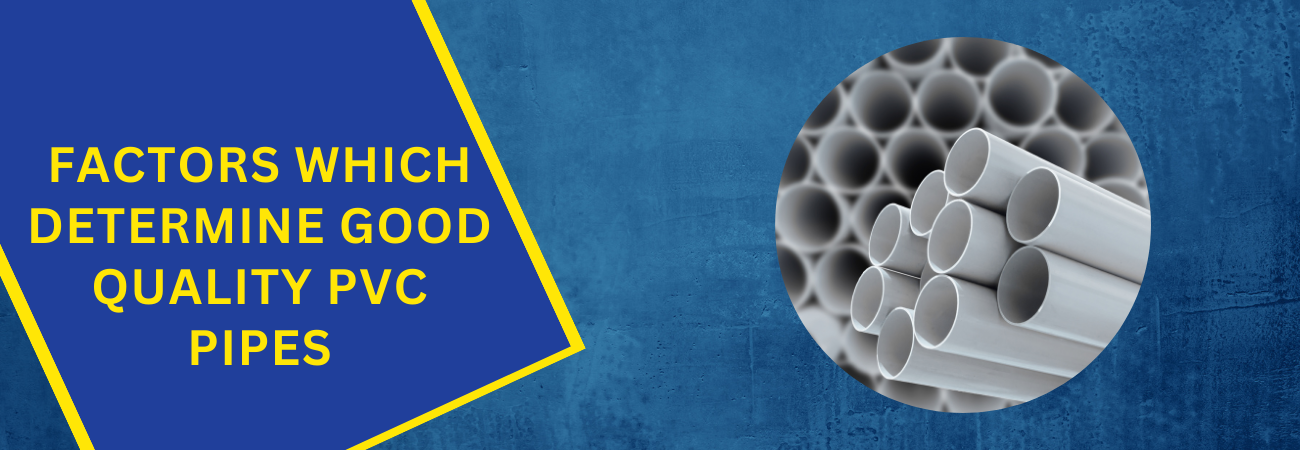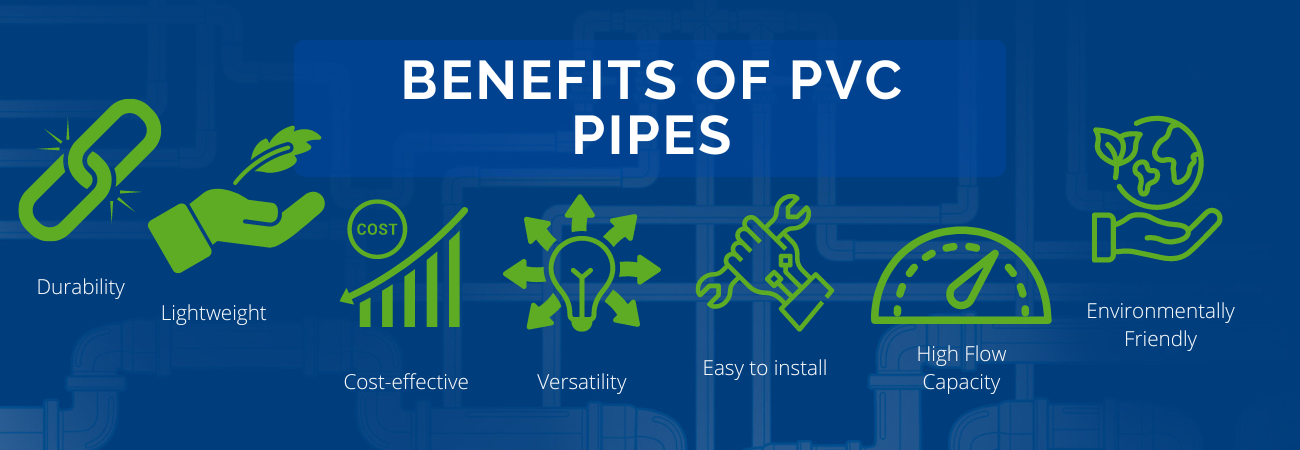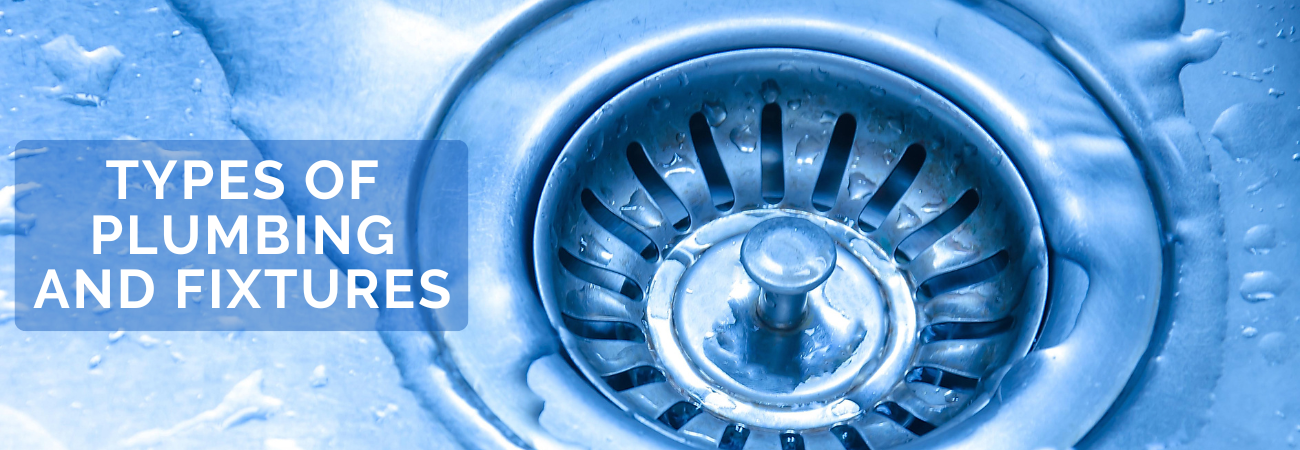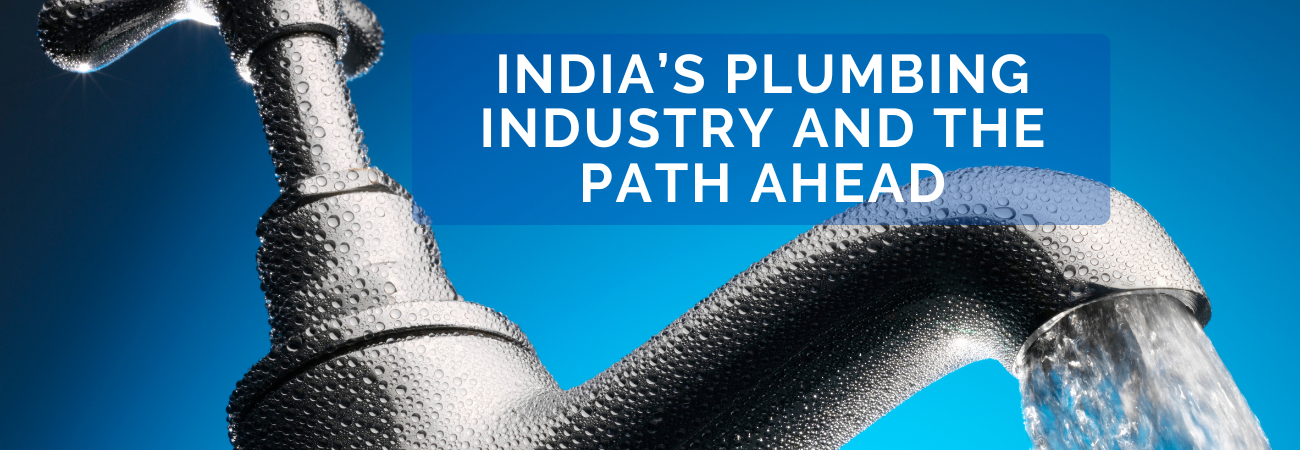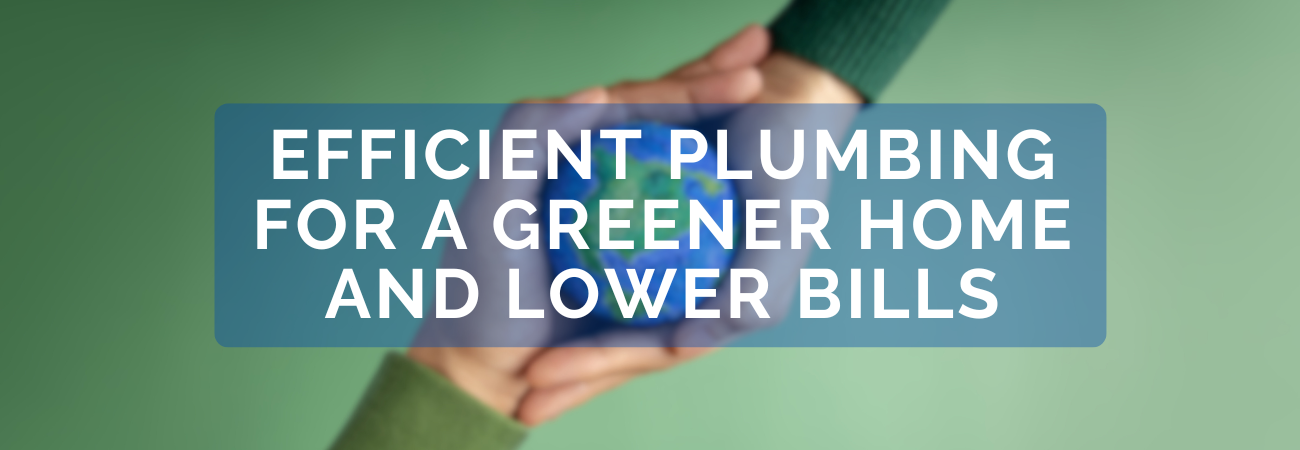Introduction
What are CPVC fittings?
CPVC or Chlorinated Polyvinyl Chloride or CPVC pipe fittings are manufactured using CPVC compounded material using the injection molding process. It is one of the most strong and long-lasting materials utilized in piping applications for over 50 years now. CPVC fittings are used to either connect two or more CPVC pipes together, or change direction of pipes or connect the pipeline with different components of plumbing such as bathroom fittings, tanks, pumps, valves etc.
It CPVC is one of the most strong and long-lasting materials utilized in piping applications for over 50 years now. CPVC It is resistant to most aggressive chemicals and can withstand high temperature and pressure, consequently making it an ideal material for residential, commercial, and industrial piping and fire sprinkler applications.
Solvent Jointed CPVC Fittings
CPVC Pipe Fitting Plain like Tee, Elbow, Socket & End Cap join with the help of CPVC solvent cement.
Threaded Joint CPVC Fittings
It is a mechanical jointing between male & female Plastic/Brass Threaded CPVC Pipe fitting. In this case only teflon tape to be used as a thread sealant.
Sizes of CPVC Fittings
CPVC fittings are available in inch sizes: ½” (15mm), ¾”(20mm), 1” (25mm), 1 ¼”(32mm), 1 ½”(40mm), 2” (50mm) in Copper tube sizes (CTS) and 2 ½”(75mm), 3” (90mm), 4” (110mm), 6” (160mm) & 8” (200mm) in Iron Pipe sizes (IPS) Sch 40 and SCh 80.
Types of CPVC Pipe Fitting Namess and their varieties

CPVC PLAIN PIPE FITTING
CPVC Plain pipe fittings are fittings which are used to connect 2 or more CPVC pipes using CPVC solvent cements. They are of different types like Tee, Reducing Tee, Elbow or bend, Reducing Elbow, 45 degree Elbow, Socket or coupler, Reducing coupler, Bushings, Step over bends, Long bends, & End cap, 3-way Elbows etc.

CPVC THREADED PIPE FITTING
Threaded pipe fittings are used to join the pipe with other bathroom fittings or plumbing equipment like taps, showers, pumps, tanks etc. The threads may be of CPVC or of Brass. Usually Brass insert type CPVC fittings are recommended for Hot water application. They are also of different varieties such as like CPVC MTA,Male adaptor or MTA, CPVC Female adaptor or FTA, Brass Tee, Brass MTA, Brass FTA, and Brass Elbow.

CPVC UNION
It’s a combination of threaded adaptor, plain adaptor & threaded ring. The basic function of a union is to connect two pipes, the same like a socket & the basic difference is, socket joint is a kind of permanent joint & the union is designed to be easily removed at any time.

CPVC VALVES
The most common feature of valves is to control the flow. Most common valves are like CPVC Ball valve & CPVC concealed valve used in piping systems.

CPVC FLANGE
Flange joint is a method of connecting pipes, valves, pumps & other equipment to form a piping system. It also provides easy access for cleaning. Flange joints are made by bolting together two flanges with a gasket between them to provide seal.

CPVC TANK NIPPLE
Tank nipples with both end or one end thread usually connects the whole piping system with the overhead tank.
Applications of CPVC fittings :
CPVC fittings are ideal for hot and cold water distribution in residential and industrial projects. They are used to carry drinking water and food liquids and are also used in water treatment plant
CPVC fittings are used in industrial plumbing for chemicals. They are used in the transportation of chemicals and hot corrosive fluids that includes a wide range of inorganic acids, bases used in chemical processing.
CPVC fittings are widely used for fire sprinkler applications also.

CPVC Fittings standards:
CPVC Fittings are manufactured using American standard ASTM D 2846 for copper tube size and ASTM F438 and ASTM F439 for Iron pipe sizes in Sch 40 and Sch 80 respectively.
In 2021 Indian standard for CPVC fittings IS 17546 has been released.
Why Ajay Flowline – Plus Pipe Fitting?
We at Ajay Pipes, design the CPVC pipe fittings in such a way that they are perfect for both cold as well as hot water distribution systems. CPVC pipes fittings can be the ideal choice for you because these pipe fittings are durable, friction-free, corrosion-resistant, and environment-friendly.
Features and Benefits of Ajay Flowline-Plus CPVC Pipes & Fittings
25% Higher Performance
Ajay Flowline-Plus CPVC pipes pressure rating is up to 25% higher at higher operating temperature compared to generic CPVC.
Higher Impact Strength
Ajay Flowline-Plus CPVC pipes resistance to impact loads is 3times compared to generic CPVC resulting in much lower handling, transportation & installation related damages.
Non-Toxic
Ajay Flowline-Plus CPVC pipes and fittings certified by NSF & CFTRI for use with potable water and are totally safe for human health.
Leak-Proof
Easy installation technique, “Perfect-Fit” system and use of high performance one-step Lo-VOC solvent cement ensure leak-proof performance over the lifetime of the system.
Perfect-Fit System
Ajay Flowline-Plus CPVC pipes and fittings are manufactured under very close dimensional tolerance and with high level of consistency using the state-of-the-art machinery.
For any queries, contact the plumbing experts at Ajay pipes on the Toll Free No. : 1800-11-4050 or via email at our email address info@ajaypipes.com

